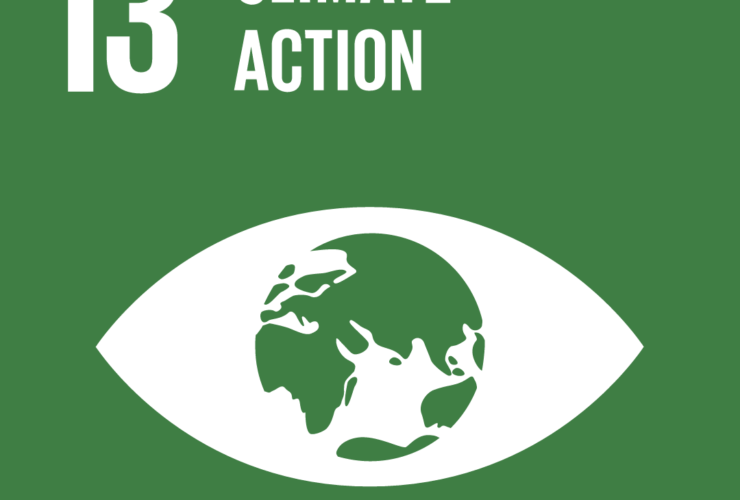Kenya rejects bid for Africa’s largest wind power plant
Source: Business Daily Africa
Kenya has rejected a Swedish firm’s bid to construct Africa’s largest wind power plant in the coastal waters of Malindi, citing inadequate capacity for the project.
Sweden-based VR Holding AB last year submitted an expression of interest to build a 600-megawatt wind project in the Indian Ocean waters bordering Malindi.
The ministry officials, however, turned down the request, citing a lack of framework for renewable energy projects of that scale amid fears a plant of that size could have put pressure on electricity bills.
Analysts reckon that a huge power plant would leave Kenya with excess power that will see consumers pay billions of shillings annually for electricity not used — dimming the quest to deliver cheaper power through renewable energy such as solar.
This has led to talks of phased implementation that brings on board between 60 megawatts and 100 megawatts at every stage, marching the expected rise in power demand.
“Wind is an intermittent power source and, therefore, we cannot approve such a big plant in one location since it will come with huge costs tied to power supply reliability, evacuation and transmission,” director of renewable energy at the ministry Isaac Kiva told the Business Daily yesterday.
Mr Kiva said Kenya’s renewable energy framework provides only for small and medium-sized projects under the feed-in-tariff system, which fixes electricity prices for wind and solar projects of up to a capacity of 50 megawatts.
The only project outside this limited framework is the 310-megawatt Lake Turkana Wind Power in northern Kenya which is set for completion in July at a cost of Sh70 billion. It is currently billed Africa’s largest wind plant, a position it would have ceded to the Malindi wind park had the ministry granted it the greenlight.
“We advised the company (VR Holding AB) to do small, medium sized projects at different locations,” said Mr Kiva.
Experts reckon that the stronger breezes in the ocean can produce steadier power, making offshore wind farms more reliable than those built on land.
Offshore wind parks have been set up in the US and Europe, with each turbine costing up to $30 million (Sh3 billion) to build and connect to the power grid, making the technology more expensive than on land.
The Lake Turkana wind project had initially ran into similar headwinds after the World Bank in 2012 pulled out of the financing deal, citing Kenyan economy’s insufficient demand to absorb the expected surplus electricity.
The World Bank withdrew its guarantee to the investors of the mega project since the power purchase agreement had committed consumers to paying billions of shillings for electricity not used — effectively beating the project’s purpose of slashing power costs in Kenya.
The Bretton Woods institution had instead advised Kenya to stagger the construction of the wind power plant in phases, in tandem with demand growth.
The World Bank estimated Kenya could be stuck with excess power worth up to Sh8.5 billion annually from the Lake Turkana plant, which is expected to inject power to the grid this year.
Kenya Power’s purchase pact with investors often has the ‘take-or-pay’ clause which entitles projects to compensation in the event that the firm fails to buy from them electricity for sale to consumers.


